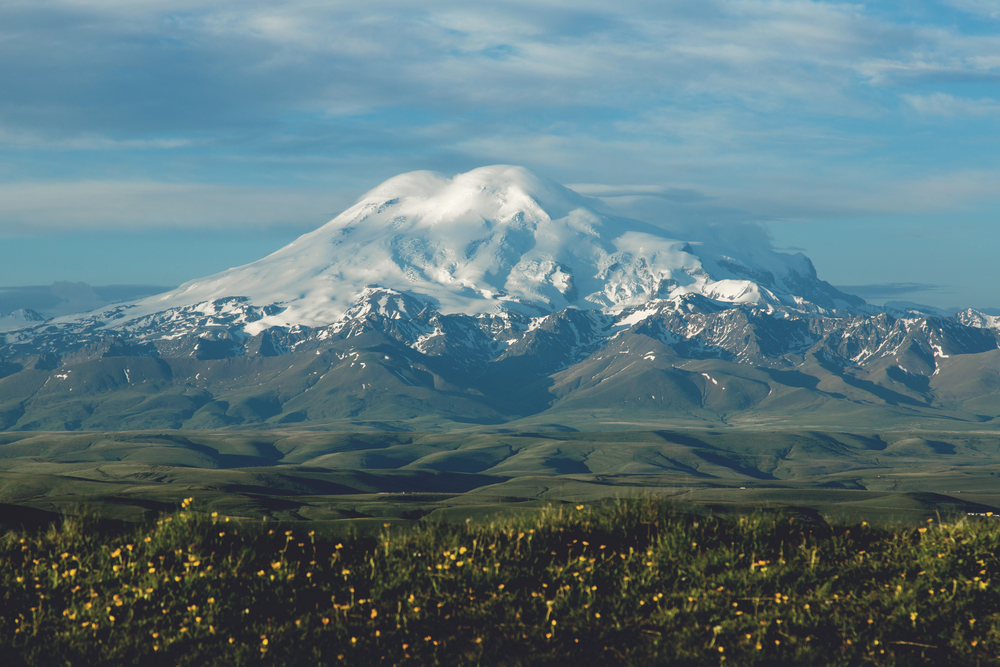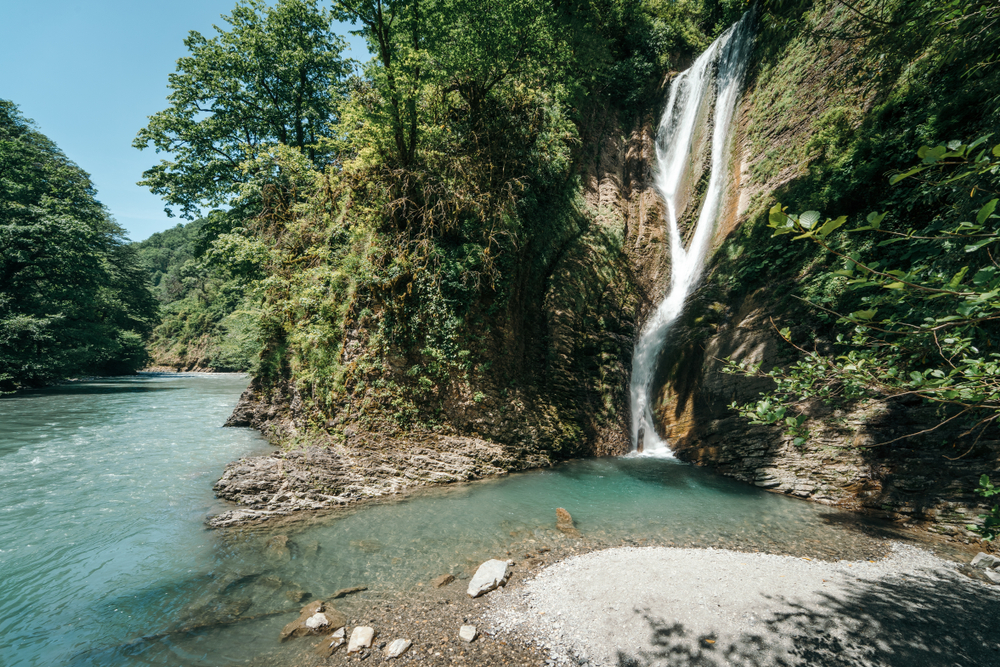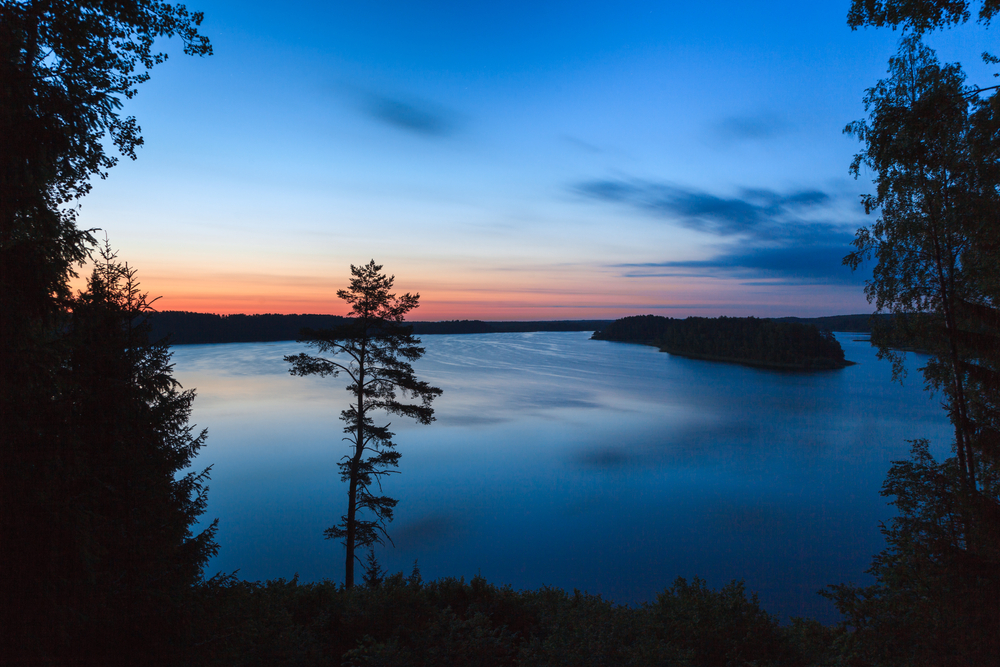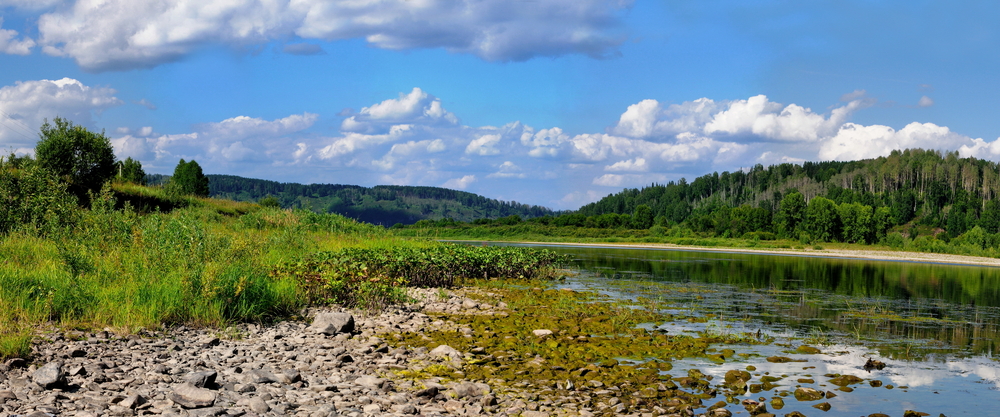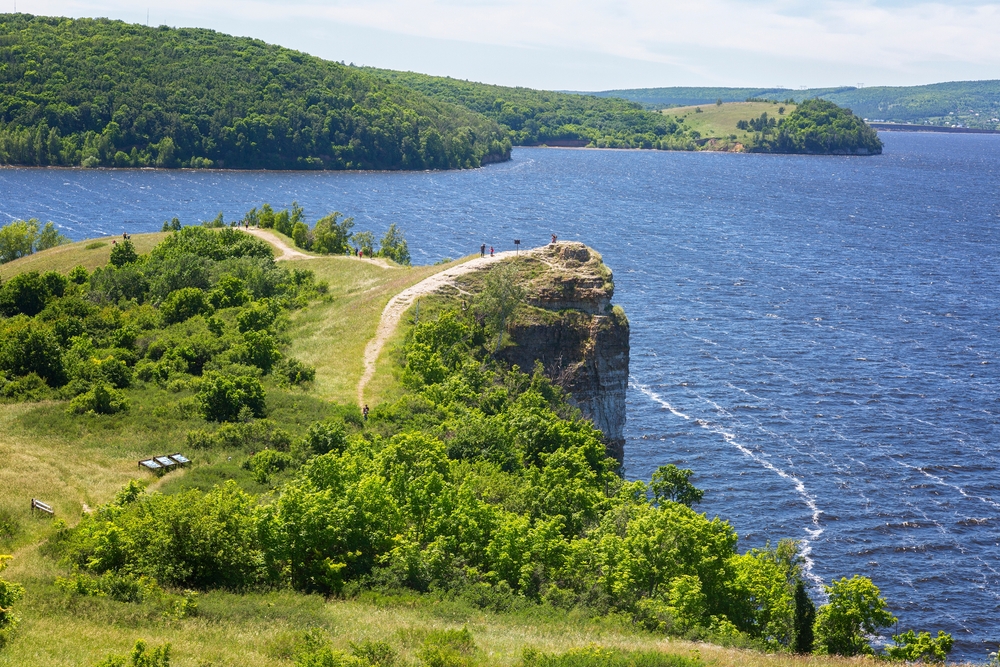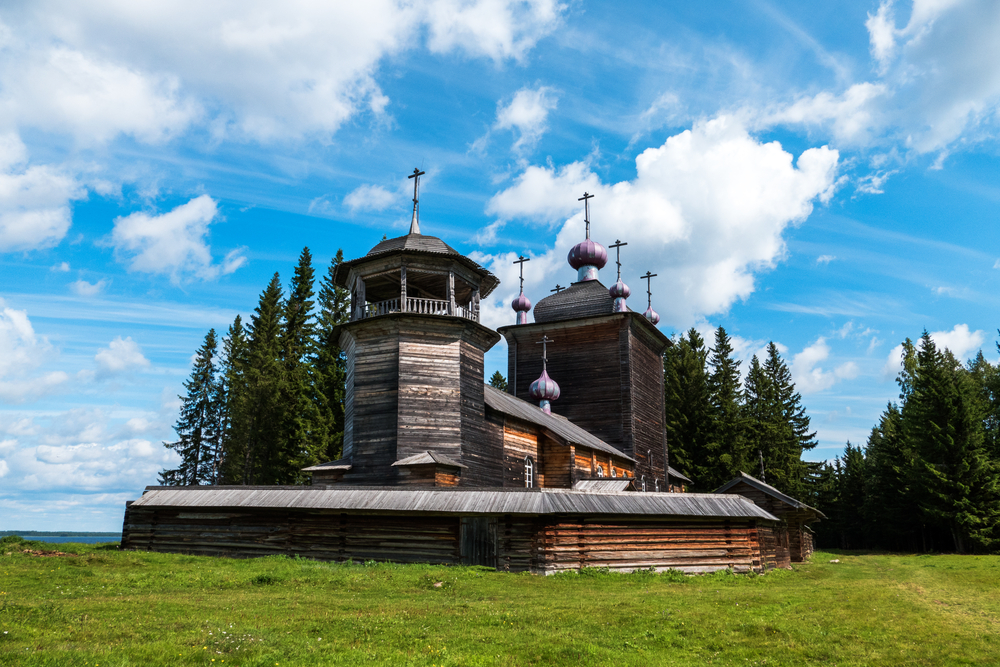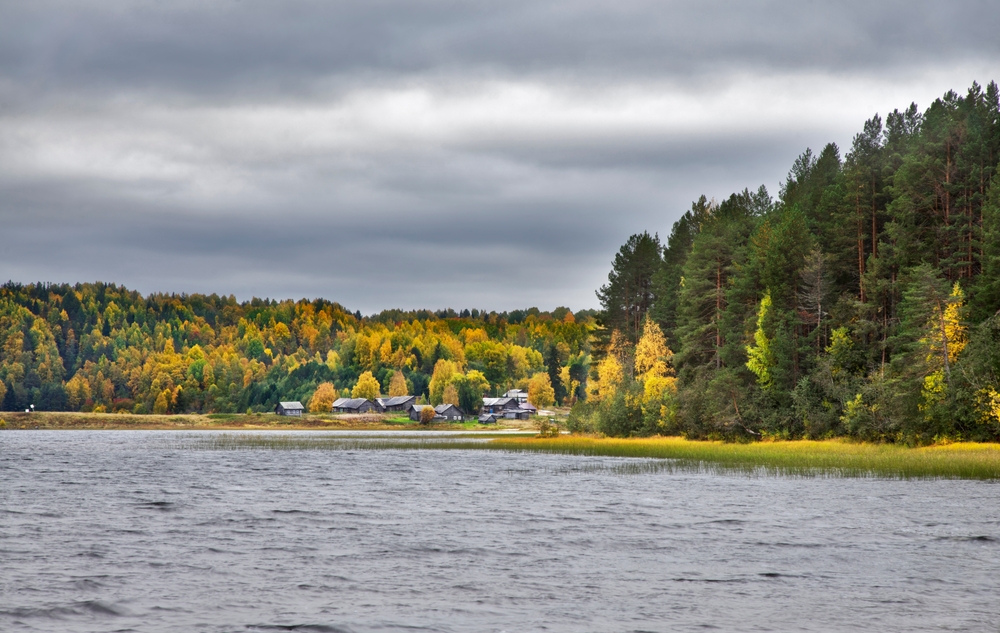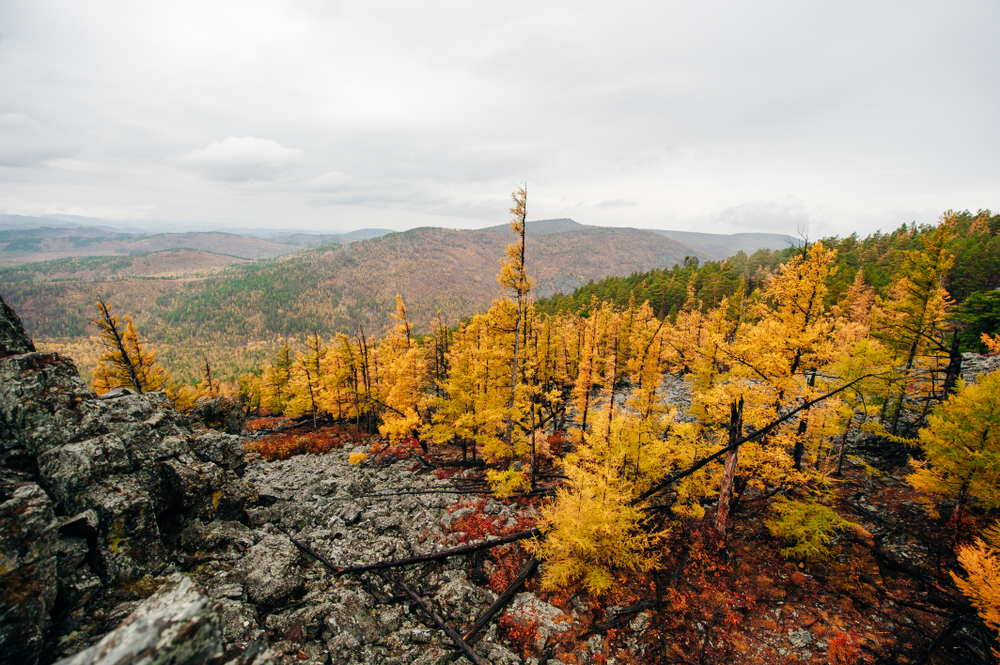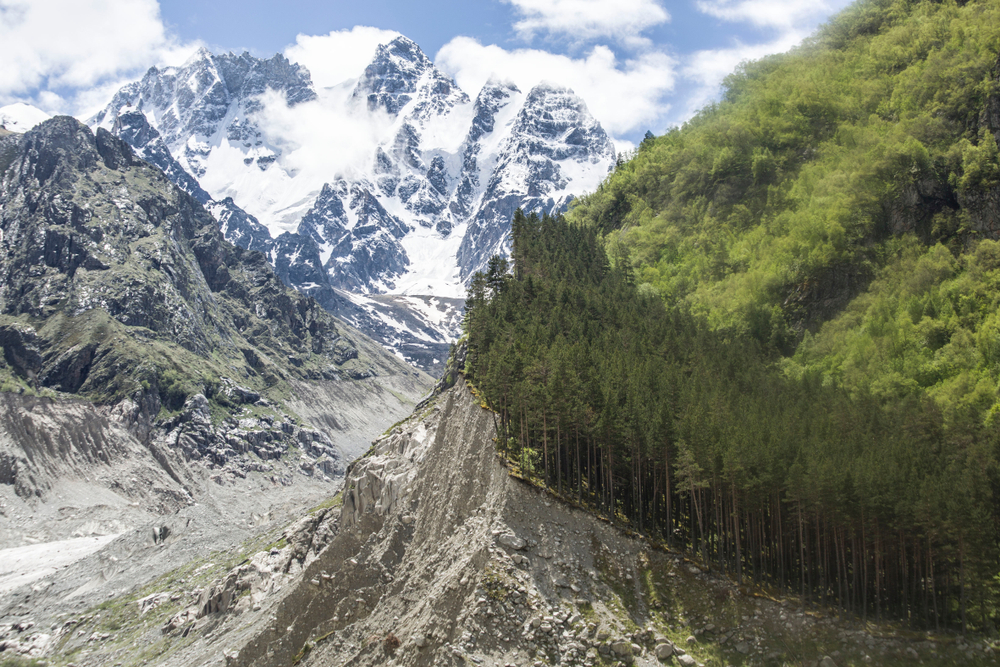Wrangel Island Overview
Wrangel Island National Park, known as Национальный парк Остров Врангеля in Russian, is a remote and pristine protected area located in the Arctic Ocean, off the coast of northeastern Russia.
Covering approximately 8,750 square miles (22,654 square kilometers), this vast and rugged park encompasses Wrangel Island, Herald Island, and surrounding waters. It is part of the Chukotka Autonomous Okrug and holds a reputation as one of the most ecologically significant regions of the Arctic, due to its remarkable biodiversity and unique geological history.
The park’s terrain is characterized by rolling tundra, rugged mountains, and vast coastal plains that remain covered in permafrost throughout the year. Wrangel Island’s highest peak, Sovetskaya Mountain, reaches about 3,596 feet (1,096 meters), offering dramatic views over the icy landscape.
The island’s numerous rivers and lakes add to its diverse ecosystems, while the coastline features towering cliffs, pebbled shores, and sandy spits that provide critical habitats for Arctic wildlife.
Despite the harsh conditions, Wrangel Island boasts a surprising richness of vegetation, with more than 400 plant species adapted to the tundra environment, including mosses, lichens, dwarf willows, and Arctic poppies.
Wrangel Island is often called the “Polar Bear Maternity Ward” due to its status as the world’s most significant denning site for polar bears. Each year, hundreds of female bears come to the island to give birth, making it one of the best places on Earth to witness these majestic animals in their natural habitat.
The island is also home to one of the largest populations of Pacific walruses, which haul out on the rocky shores in massive numbers. Other notable mammals include Arctic foxes, lemmings, and reindeer, while gray whales and bowhead whales are commonly seen in the surrounding waters. The park is a vital stopover for migratory birds, hosting over 100 species, including snow geese, snowy owls, and eiders, making it a haven for birdwatchers.
One of the most remarkable aspects of Wrangel Island National Park is its history as one of the last refuges of woolly mammoths, which survived here until around 4,000 years ago, long after their extinction elsewhere.
The island’s prehistoric past adds a layer of intrigue to its already extraordinary natural setting. Visitors to the park can explore this unique history, as well as the remains of ancient human settlements left behind by Indigenous Chukchi people and early explorers.
Due to its remote location and strict conservation efforts, Wrangel Island sees very limited tourism. Most visitors arrive via guided expedition cruises, which allow for wildlife viewing, photography, and hiking under the supervision of park rangers. Scientific research is a major focus of the park, with ongoing studies on climate change, Arctic ecology, and wildlife populations.
The park’s strict protections have helped preserve its fragile ecosystems, though climate change and poaching remain ongoing challenges. Rising temperatures are impacting sea ice levels, which in turn affects the island’s polar bear and walrus populations, while illegal hunting and human activity continue to pose threats despite conservation efforts.
Wrangel Island National Park remains one of the most remote and untouched Arctic wilderness areas on the planet. Its rugged beauty, incredible wildlife, and deep ecological significance make it an unparalleled destination for scientists, conservationists, and adventurous travelers seeking to experience one of the world’s last great natural frontiers.












































































